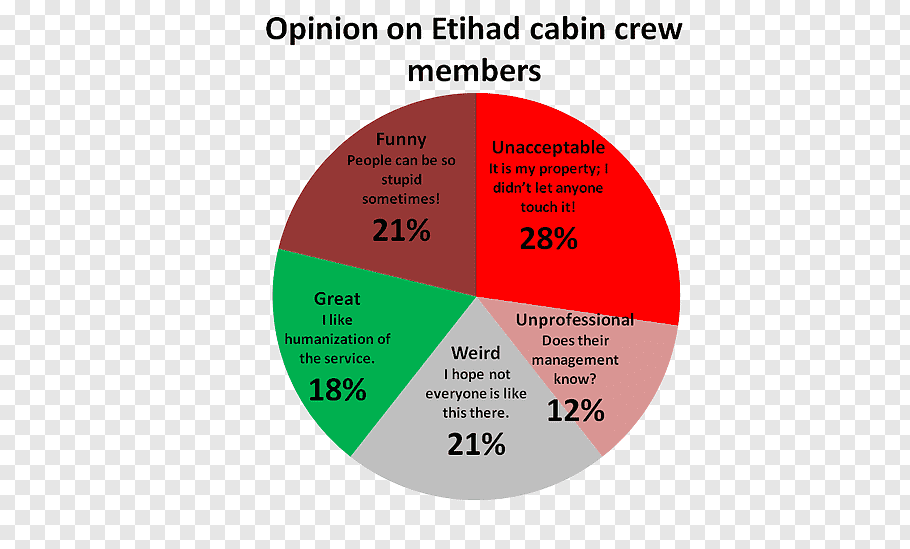
Strangely, the meaning of the term is for a general estimate, but baseball is a sport driven by accurate statistics and record keeping. If you ask someone for a “ballpark figure” on building you a garage at home, then you’re asking them for a rough estimate on the costs of the work. You are not asking them to commit to a firm price; you’re just trying to clarify the expenses because you have no idea what to expect.

So, if you’re with your boss and chatting privately, using the language would be appropriate. You could be estimating everything from the size of a baseball stadium to betting odds or a quote on a new swimming pool for your yard. The term ballpark figure applies to many different situations, and it’s a common phrase used in modern language – you probably use it yourself.
Definitions for ballpark figureball·park fig·ure
Major business and financial decisions should probably not be made based on these numbers; however, they could first serve as estimates to be refined through more thorough analysis. As a concept, it has applications in business estimates, as well as in everyday life, depending on the circumstances. This post looks at the origins and meaning of the phrase “ballpark figure.” We’ll also give you examples of how to use this idiom in a conversation. There are several actions that could trigger this block including submitting a certain word or phrase, a SQL command or malformed data. It can also be used to estimate public adoption of a concept, technology, or product, as in how many people are likely to buy a certain phone and how long it might take them to upgrade that phone, once purchased. A ballpark figure is a broad numerical estimate of what something might amount to if it was measured accurately, and assessed for the purpose of business negotiations, dealmaking, or general brainstorming of ideas.
Ballpark figures can be used for day-to-day purposes, such as estimating how much food and beverages might be needed for a barbecue or how many months it will likely take to pay off a new purchase. We’re doing our best to make sure our content is useful, accurate and safe.If by any chance you spot an inappropriate comment while navigating through our website please use this form to let us know, and we’ll take care of it shortly. If ballpark figure meaning you know of an idiom that you would like to be listed here, please use our online form to
suggest an idiom. A popular theory of the term posits that is probably has a history similar to that of the idiom “in the same ballparkm” which means “approximately the same amount.” Ballpark figures are estimates used to move a discussion or deal forward when the exact measurement of the size or amount of something cannot yet be determined.
More meanings of ballpark
All content on this website, including dictionary, thesaurus, literature, geography, and other reference data is for informational purposes only. This information should not be considered complete, up to date, and is not intended to be used in place of a visit, consultation, or advice of a legal, medical, or any other professional. Using a “ballpark figure” in the board room during a presentation would probably give an impression of inaccuracy or uncertainty. While ballpark figures are used frequently and can be helpful in establishing a baseline for discussion, they should be treated as nothing more than estimates; they are not hard numbers. These figures are frequently blown out of proportion by salespersons and other professionals who must use persuasion to generate income or close deals.
Column: Wrigley Field’s drawing power means the Chicago Cubs need only the illusion of contending – Yahoo Sports
Column: Wrigley Field’s drawing power means the Chicago Cubs need only the illusion of contending.
Posted: Mon, 17 Jul 2023 07:00:00 GMT [source]
A salesperson could use a ballpark figure to estimate how long a product a customer was thinking about buying might be viable. The phrase is an adaptation of the earlier “in the ballpark,” also used to ask someone for an estimate of a specific number or price in the ballpark. The phrase is also slang or colloquial saying, and it applies more to informal than formal settings.
a ballpark figure
Are you asking a contractor for a rough estimate on the costs of repairing or renovating your home? You could ask them to give you a “ballpark figure” over the phone to get an idea of what you need to loan from the bank for the project. You can use “ballpark figure” in social and professional situations but not in a formal conversation.
- You are not asking them to commit to a firm price; you’re just trying to clarify the expenses because you have no idea what to expect.
- If you give a ballpark figure or a ballpark estimate, you give a number which you think is fairly close to the actual one.
- This post looks at the origins and meaning of the phrase “ballpark figure.” We’ll also give you examples of how to use this idiom in a conversation.
- A popular theory of the term posits that is probably has a history similar to that of the idiom “in the same ballparkm” which means “approximately the same amount.”
If you give a ballpark figure or a ballpark estimate, you give a number which you think is fairly close to the actual one. The origin of this phrase comes from how a commentator would give an estimate of the number of audiences by just looking around. Speculated to have started in America through baseball but it is now a popular way of speaking throughout the world.
More on The Idioms
Learn telephoning phrases with over 100 pages of stimulating self-study practice in preparation for your
own real-life telephone calls. Perhaps from the fact that, although baseballs are seldom hit out of the ballpark, they may still land anywhere within a large area.
A ballpark figure is a rough numerical estimate or approximation of the value of something that is otherwise unknown. Ballpark figures are commonly used by accountants, salespersons, and other professionals to estimate current or future results. A stockbroker could use a ballpark figure to estimate how much money a client might have at some point in the future, given a certain rate of growth.
